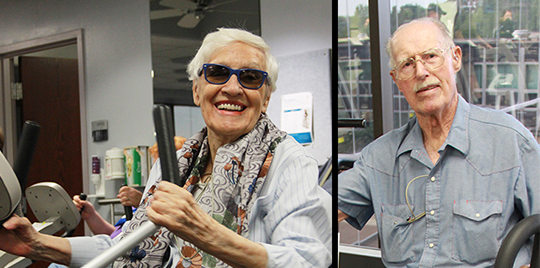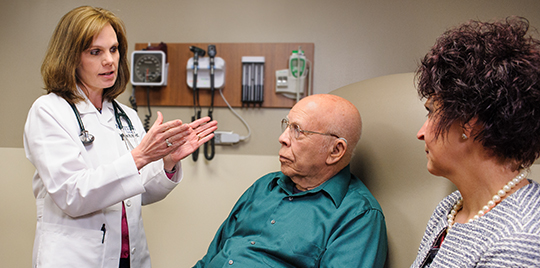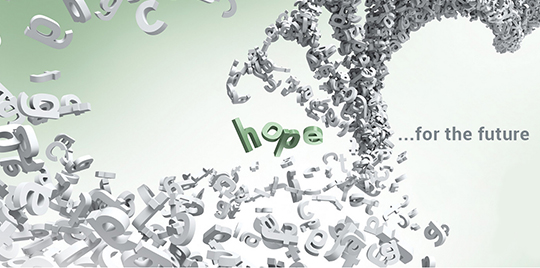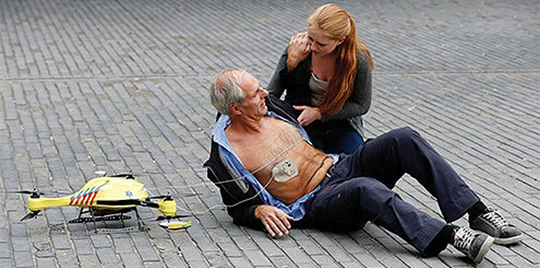
Look, up in the sky, it’s a bird, it’s a plane, it’s a drone. Drones, or unmanned aerial vehicles, were a hot item on last year’s Christmas lists. Beyond recreational fun, businesses are capitalizing on the drone’s potential to transform healthcare.
Disaster Relief
One of the first medical applications for a drone was disaster relief. In some remote parts of the world, drones are undergoing field testing for medical use. Drones successfully delivered small aid packages of food and clean water after the 2012 Haitian earthquake. In Papua New Guinea, Doctors Without Borders used them to test transporting lab samples.
AED Delivery
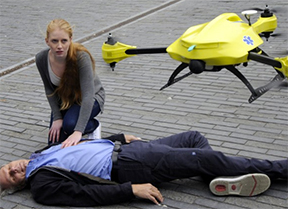
The TU Delft ambulance drone, shown above, is a prototype from Delft University of Technology in the Netherlands. The drone integrates a cardiac defibrillator and two-way communication radio and video. In case of a cardiac arrest, emergency services would send the drone to the patient and instruct bystanders how to perform CPR and use the automatic defibrillator until emergency medical services arrive.
During a cardiac arrest, a person’s chance of survival increases by nearly 90% if the individual is shocked within one minute of collapsing. If treatment takes 10 minutes or longer, the survival rate drops below 5%. Most communities have automated external defibrillators readily available. But if not, then the person must wait for emergency medical services, which can cost precious time.
In the future, AED delivery by drone could replace an ambulance and make a difference in survival rates. In Stockholm, Sweden, a team of doctors and nurses successfully built a drone capable of delivering an AED. Their data suggests that a drone would arrive faster than an ambulance 93% of the time.
The American Heart Association estimates that in 2016 more than 350,000 people in the United States went into cardiac arrest away from a hospital. Only 12% survived long enough to be treated in a hospital and released.
Organ Donation
A drone is in development to automate transportation of donated organs all over the country for emergency situations. In the future, scientists anticipate delivering hundreds of organs daily and saving tens of thousands of lives, along with millions of gallons of aviation transport fuel.
Other Uses
Although in the testing phase, additional uses for drones include:
- Distributing blood products to hospitals and mass casualty scenes
- Delivering expensive and rarely used medications, such as antivenom for snake bites, to hospitals
The next time a drone passes over your house, just remember it could be on a lifesaving mission.

